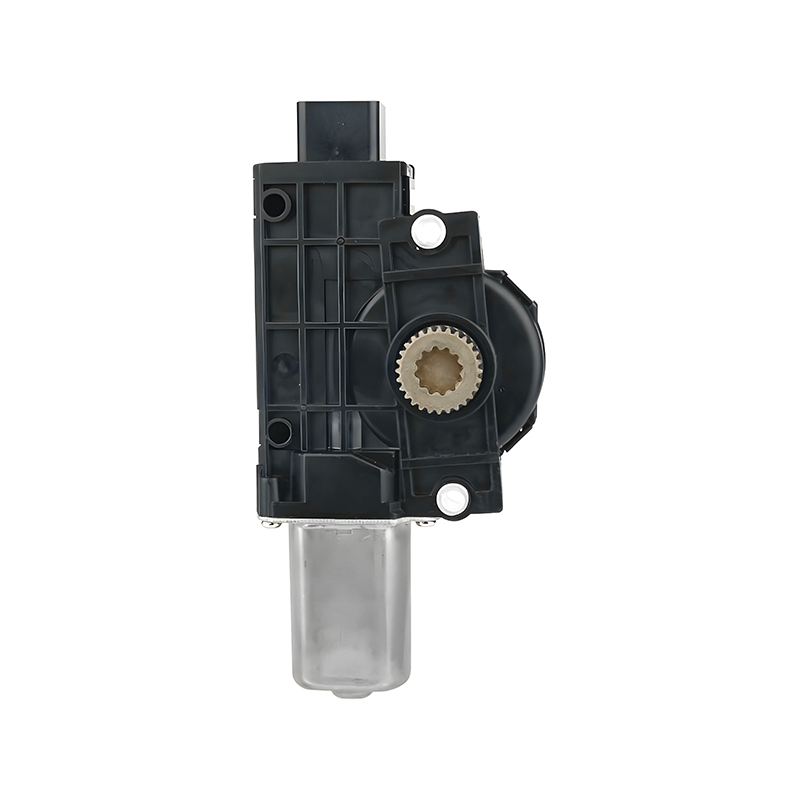A low-voltage seat motor designed for energy-saving systems not only supports the vehicle's overall sustainability goals but also maintains the functionality and comfort drivers expect from modern cars. This type of motor plays a key role in the driver seat motor system, providing smooth and reliable seat adjustments while consuming less power.
Driver seat motors are integral parts of today's automotive seating systems, enabling drivers to easily adjust their seats for ideal comfort and safety. Traditionally, these motors operated at standard voltages, but as vehicles increasingly incorporate energy-saving technologies, low-voltage alternatives have emerged. A low-voltage driver seat motor is designed to work efficiently with reduced power input without sacrificing performance. This approach aligns well with the trend towards electric vehicles and hybrid models, where power management is essential.
An important feature of these low-voltage motors is their ability to integrate seamlessly with the vehicle's electrical system. They are engineered to function under a variety of voltage conditions, ensuring consistent operation whether the vehicle is in full electric mode or running on a hybrid powertrain. This adaptability is particularly important for driver seat motors, as any failure or inconsistency in seat adjustment can impact driver comfort and safety. Furthermore, lower voltage operation helps to reduce strain on the vehicle's battery and electrical components, contributing to overall energy savings.

While the driver seat motor is focused on seat adjustments, the universal window regulator is another crucial component in modern automotive comfort and convenience systems. The universal window regulator allows for the controlled raising and lowering of vehicle windows, often powered by a dedicated motor. Like the low-voltage seat motor, improvements in energy efficiency have led to innovations in the design and operation of window regulators. Reducing the voltage and power consumption of window motors contributes to a more energy-conscious vehicle design.
In some modern vehicles, the universal window regulator and the driver seat motor work in tandem to create a user-friendly environment that maximizes efficiency. Both components are designed with reduced power requirements but retain their mechanical precision and reliability. This careful balance ensures that drivers enjoy a comfortable seating experience alongside smooth window operation, without drawing excessive power from the vehicle's electrical system.
Durability is another aspect where low-voltage driver seat motors and universal window regulators meet the demands of daily automotive use. These motors undergo rigorous testing to ensure long-lasting operation under various conditions, including temperature changes, vibration, and repeated use. The engineering behind these motors focuses on less wear and tear while maintaining consistent torque and control. This reliability is essential for driver seat motors because even small malfunctions can affect the driver's ability to maintain an ideal driving posture.
The universal window regulator also benefits from similar design principles, ensuring that window operation remains smooth and consistent throughout the vehicle's life. Both motors are built to maintain performance even under lower voltage conditions, which helps reduce heat generation and mechanical stress. This advances to fewer maintenance requirements and a longer service life for the components, supporting the vehicle's overall sustainability goals.
Installation and compatibility are important factors in the design of these motors. The driver seat motor is often developed to fit a range of seat designs, allowing manufacturers to use a single motor platform across multiple vehicle models. This universality helps streamline production and maintenance processes. Similarly, the universal window regulator is designed with flexibility in mind, enabling it to fit different window sizes and mechanisms. Such modularity helps reduce complexity and cost while maintaining consistent quality and performance.
From an environmental perspective, low-voltage driver seat motors contribute to the reduction of energy consumption and emissions. While individual motors consume a relatively small amount of power compared to the whole vehicle, their cumulative impact is significant when multiplied across millions of cars. Efficient driver seat motors and universal window regulators help reduce the vehicle's electrical load, allowing more energy to be reserved for propulsion or other essential systems.
The transition to low-voltage components like these is part of a broader strategy in the automotive industry to enhance energy efficiency without compromising user experience. Driver seat motors that operate efficiently at lower voltages represent a shift towards smarter energy management in vehicle interiors. Meanwhile, the universal window regulator complements this by reducing the power demand of other comfort features, contributing to an overall balanced energy profile.
In conclusion, a low-voltage seat motor designed for energy-saving systems embodies a thoughtful approach to automotive design that blends efficiency with functionality. The driver seat motor remains a vital component for driver comfort and safety, and its low-voltage design helps meet modern energy goals. Alongside the universal window regulator, these motors illustrate how everyday vehicle features can evolve to support sustainability while maintaining the reliability and convenience that drivers expect. As automotive technologies continue to advance, these energy-efficient components will likely play an increasingly important role in the vehicles of the future.
Your email address will not be published. Required field are marked*